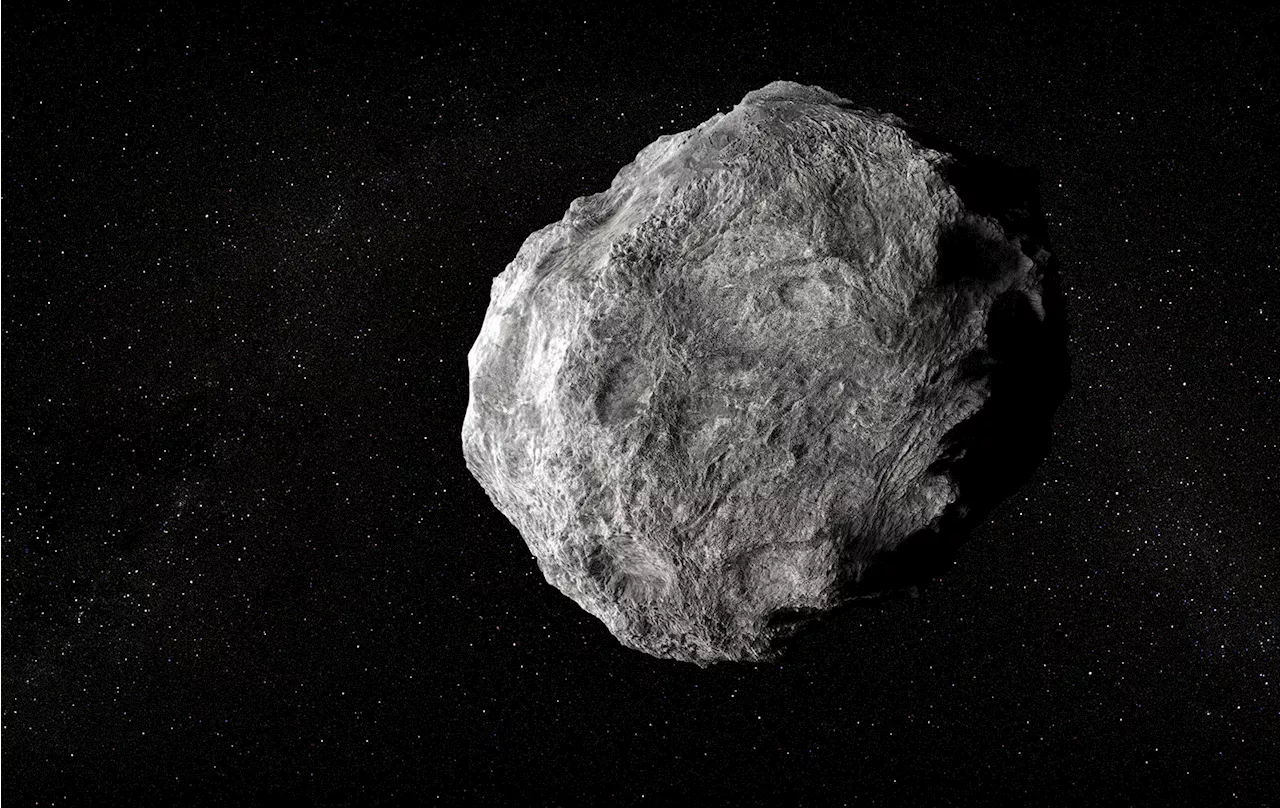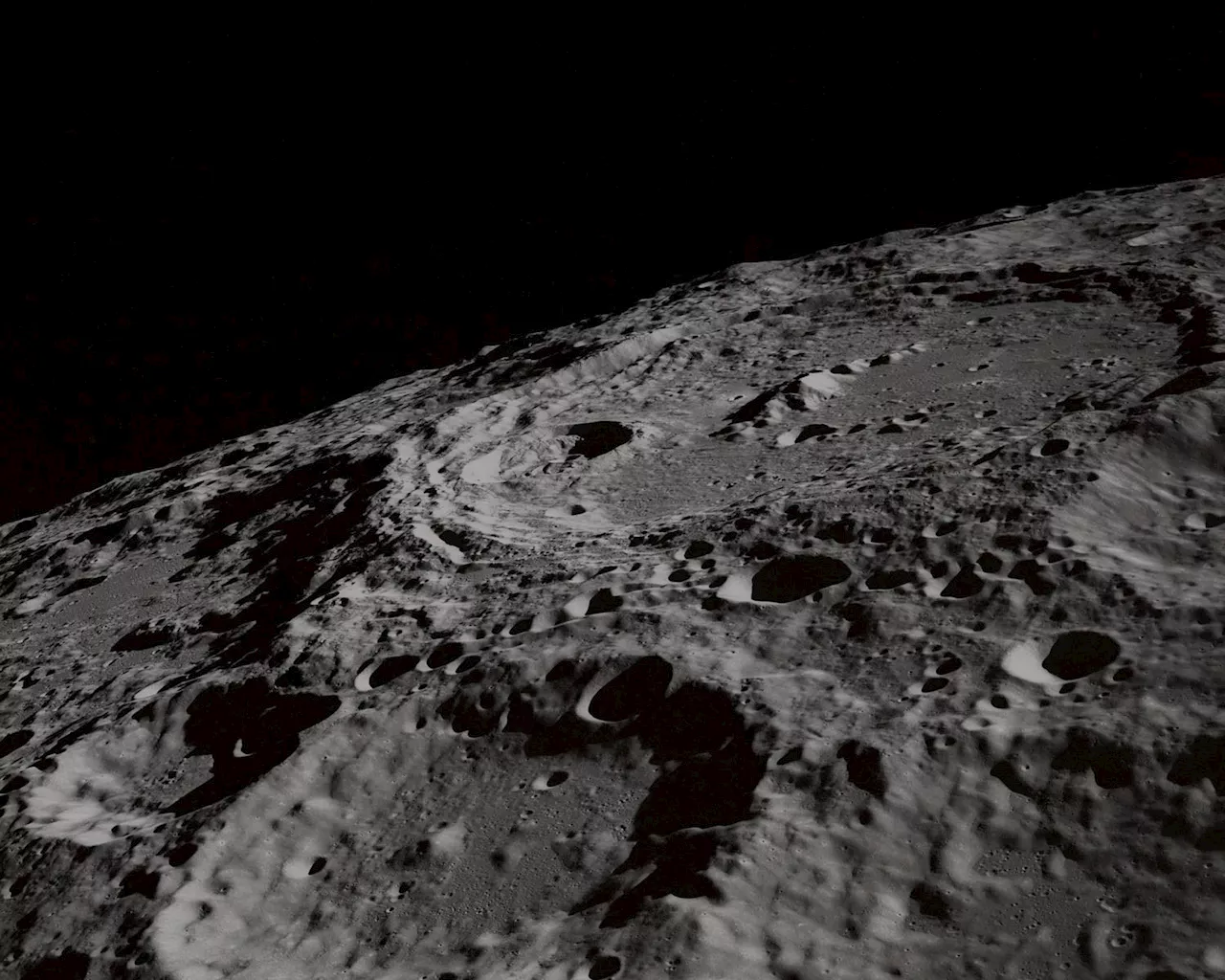They have identified key areas worldwide known as Conservation Imperatives, which account for only 1.2% of the Earth's surface.
Researchers from Resolve, a US conservation group, identified a way to maintain Earth’s biodiversity by protecting a surprisingly small portion of land.Brontosaurs look upon the meteors raining down that preceded the larger asteroid strike that would lead to the extinction of the dinosaurs 65 million years ago.Our planet is home to diverse life forms, but it’s facing a major threat: extinction. And humans are to be blamed.
But how these areas were identified in the vast globe? “Conservation Imperatives is mapped using the distributions of rare and endangered species via six widely used biodiversity assessments. These locations were overlayed with the latest map or global protected areas to identify unprotected sites that need immediate protections,” said Andy Lee, co-author of the study, toldLee’s team also analyzed land cover using high-resolution satellite imagery .
Interestingly, nearly 40% of these Conservation Imperatives are close to existing protected areas. This means incorporating them into existing plans or finding alternative conservation methods could be much easier.Researchers estimate that the cost of conservation would be less than 0.2% of the US GDP annually – a fraction of what we spend on fossil fuel subsidies.
Energy &Amp Environment Sustainability
United Kingdom Latest News, United Kingdom Headlines
Similar News:You can also read news stories similar to this one that we have collected from other news sources.
 Chicago Bulls win 6th NBA Championship, 2nd 3-peat, Michael Jordan 6th series MVPToday in Sports, June 14 - Chicago Bulls win 6th NBA Championship, 2nd 3-peat, Michael Jordan 6th series MVP
Chicago Bulls win 6th NBA Championship, 2nd 3-peat, Michael Jordan 6th series MVPToday in Sports, June 14 - Chicago Bulls win 6th NBA Championship, 2nd 3-peat, Michael Jordan 6th series MVP
Read more »
 An asteroid larger than 99% of near-Earth asteroids will pass Earth this weekTwo asteroids will pass Earth back-to-back this week, just in time to celebrate Asteroid Day 2024. Here's what we know.
An asteroid larger than 99% of near-Earth asteroids will pass Earth this weekTwo asteroids will pass Earth back-to-back this week, just in time to celebrate Asteroid Day 2024. Here's what we know.
Read more »
 Life Beyond Earth: Webb’s Spectroscopic Hunt for Earth-Like PlanetsScience, Space and Technology News 2024
Life Beyond Earth: Webb’s Spectroscopic Hunt for Earth-Like PlanetsScience, Space and Technology News 2024
Read more »
 Starmus 2024: Scientists and musicians unite in Bratislava to celebrate planet EarthDaisy Dobrijevic joined Space.com in February 2022 having previously worked for our sister publication All About Space magazine as a staff writer. Before joining us, Daisy completed an editorial internship with the BBC Sky at Night Magazine and worked at the National Space Centre in Leicester, U.K.
Starmus 2024: Scientists and musicians unite in Bratislava to celebrate planet EarthDaisy Dobrijevic joined Space.com in February 2022 having previously worked for our sister publication All About Space magazine as a staff writer. Before joining us, Daisy completed an editorial internship with the BBC Sky at Night Magazine and worked at the National Space Centre in Leicester, U.K.
Read more »
 Scientists map one of Earth’s top hazards in the Pacific NorthwestA catastrophic earthquake and tsunami will one day hit the Pacific Northwest as tectonic plates slip at the Cascadia subduction zone off the coast.
Scientists map one of Earth’s top hazards in the Pacific NorthwestA catastrophic earthquake and tsunami will one day hit the Pacific Northwest as tectonic plates slip at the Cascadia subduction zone off the coast.
Read more »
 Scientists record Earth's radio waves from the MoonOn Feb. 22, a lunar lander named Odysseus touched down near the Moon's South Pole and popped out four antennas to record radio waves around the surface—a moment University of Colorado Boulder astrophysicist Jack Burns hails as the 'dawn of radio astronomy from the Moon.
Scientists record Earth's radio waves from the MoonOn Feb. 22, a lunar lander named Odysseus touched down near the Moon's South Pole and popped out four antennas to record radio waves around the surface—a moment University of Colorado Boulder astrophysicist Jack Burns hails as the 'dawn of radio astronomy from the Moon.
Read more »
